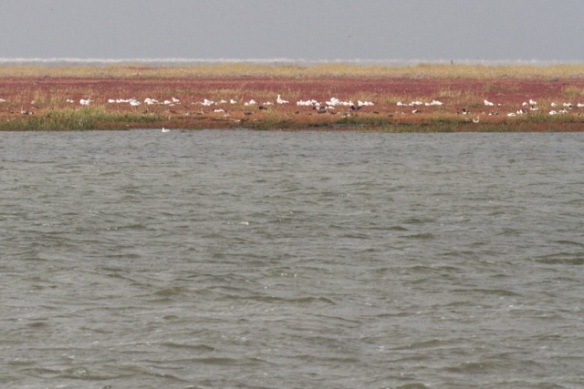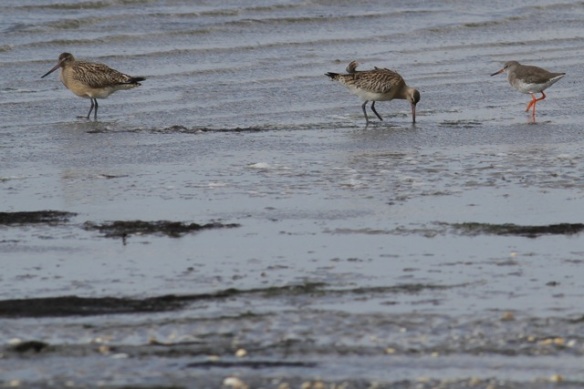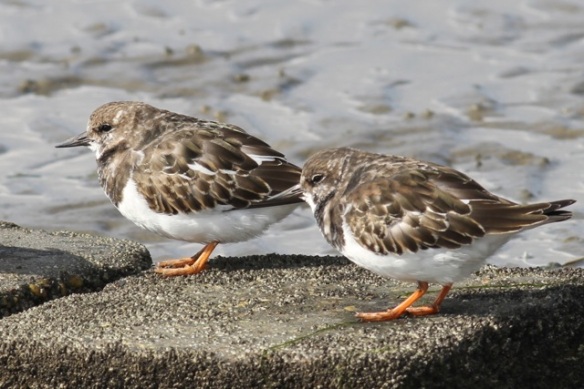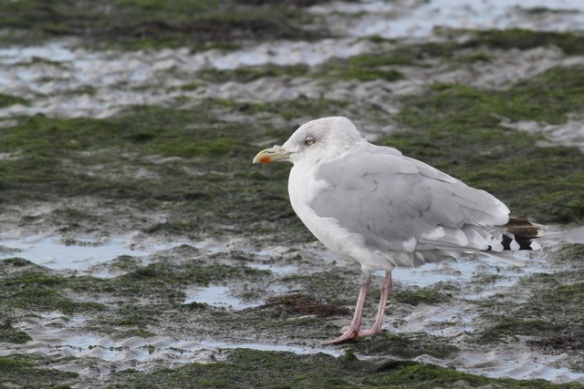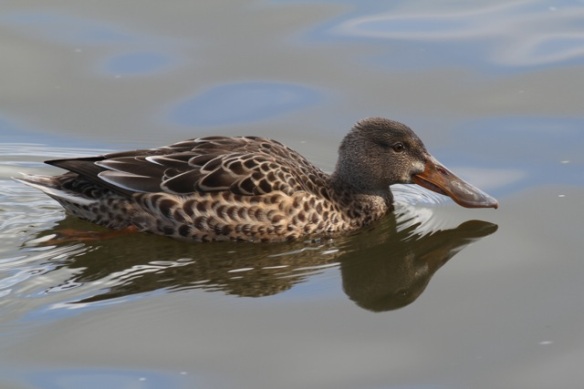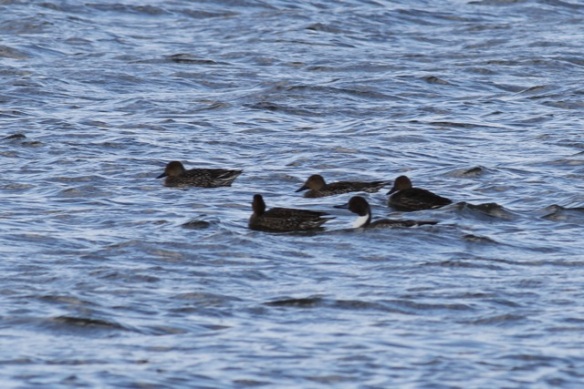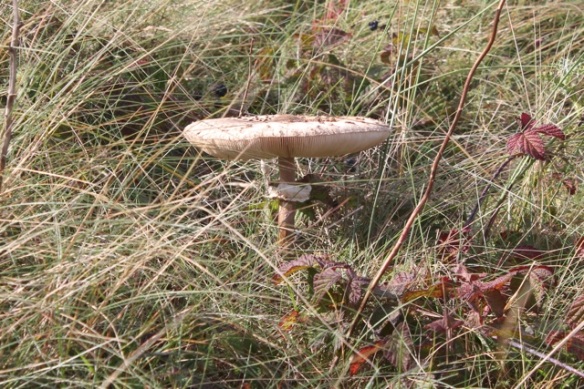Sunday 30 September 2012.
As my earlier blog post said, our ship passed through the lock in Lauwersoog from the Wadden Sea to the Lauwersmeer.
Like on 28 September, we were in Lauwersmeer national park again.
Five gadwall ducks flying.
Then, a highlight of our journey to Schiermonnikoog and Rottum islands and back: first, we see one white-tailed eagle.
Then we see two white-tailed eagles.
Finally, three eagles: the adult couple nesting here are flying around with their daughter, fledged this year.
As the ship comes closer to Zoutkamp harbour, scores, then hundreds, of lapwings flying.
A bit later, mute swans.
And a great egret.
The ship lands in Zoutkamp. We disembark, with many good memories.
Related articles
- The return of the Sea Eagle: Researchers say once extinct bird is now thriving on Scottish coast ( (dailymail.co.uk)
- Dutch Rottum islands new animal book (dearkitty1.wordpress.com)
- 6 October 2012 (cotswoldwaterpark.wordpress.com)
- Muscovy ducks and hares (dearkitty1.wordpress.com)
- Where eagles dare: Sea eagles look set to spread their wings all over Scotland (scotsman.com)
- Wildlife Minister Refuses to Ban Deadly Bird Poison (zen-haven.com)
- Decline in lapwing triggers study (granthamjournal.co.uk)
- French cranes and sea eagle, first morning (dearkitty1.wordpress.com)
- White Tailed Eagle (Sea Eagle) – Hungary – Will Nichols (photobotos.com)
- White-tailed Eagle by Young Sung Bae (500px.com)

































